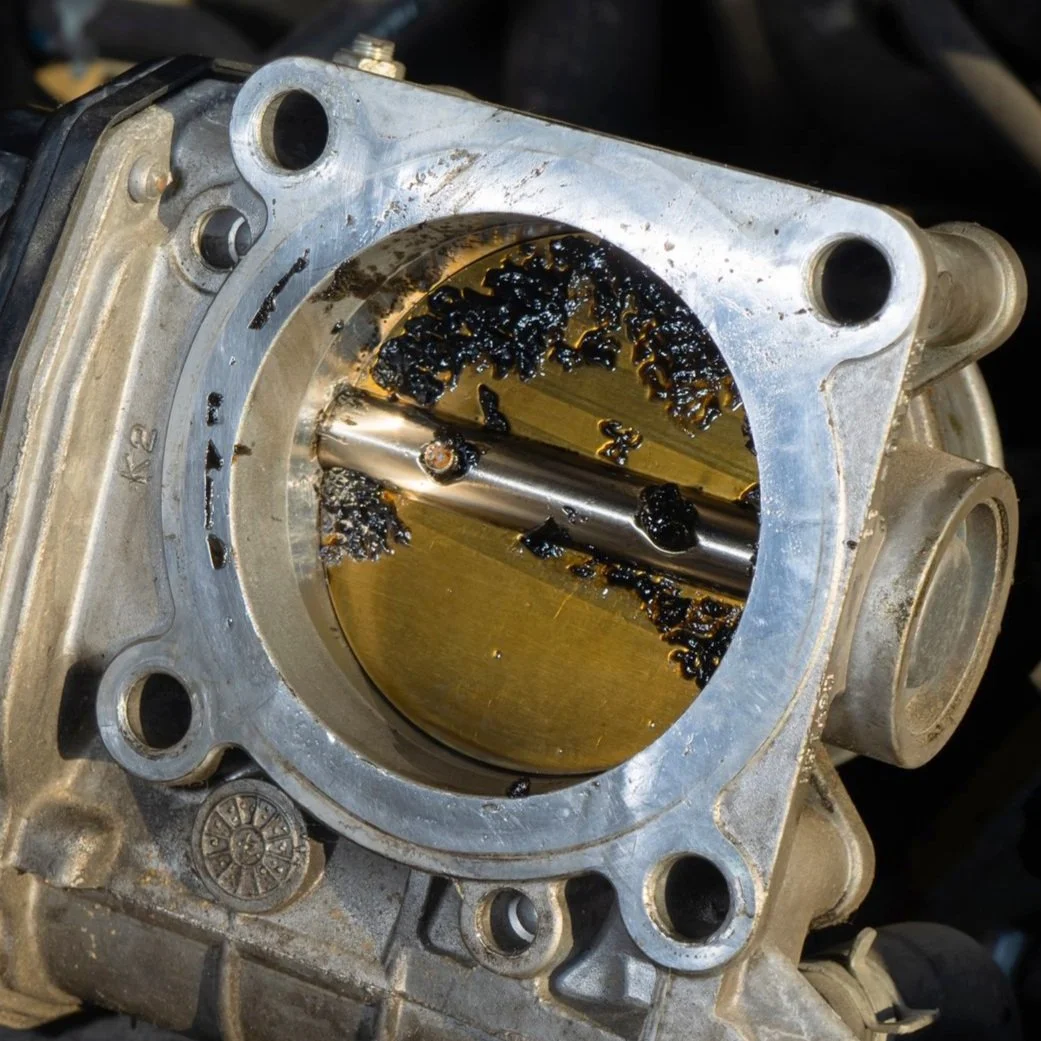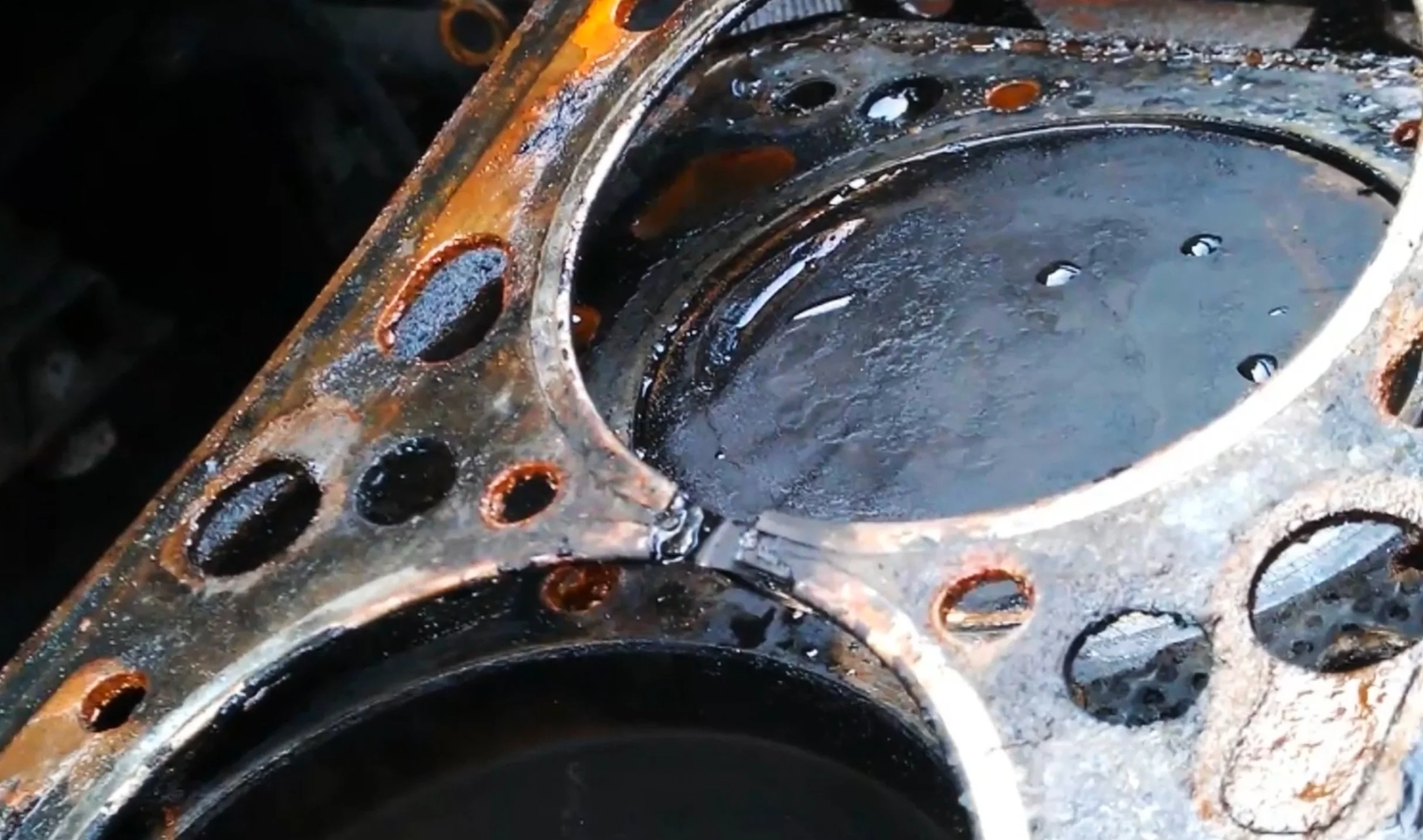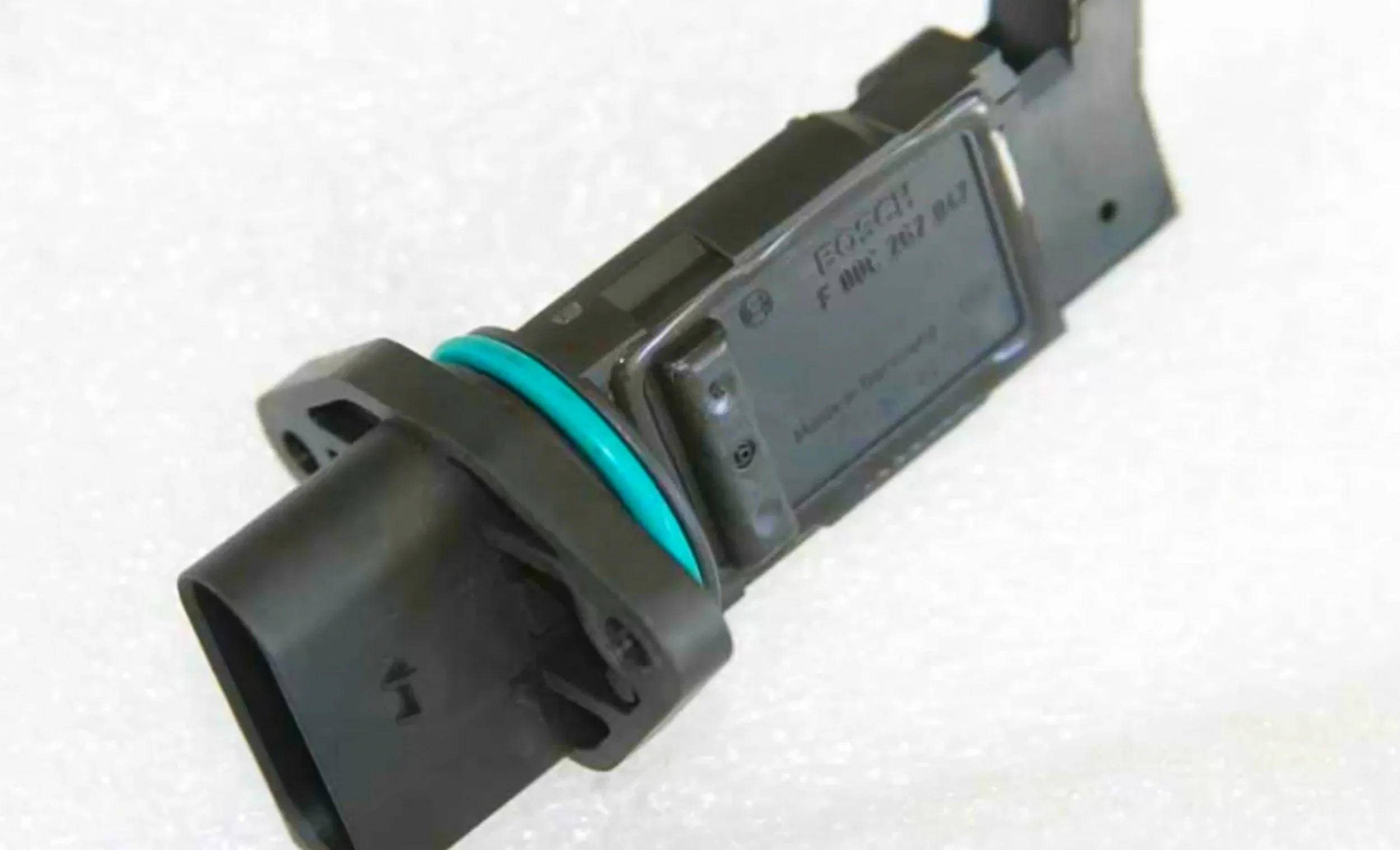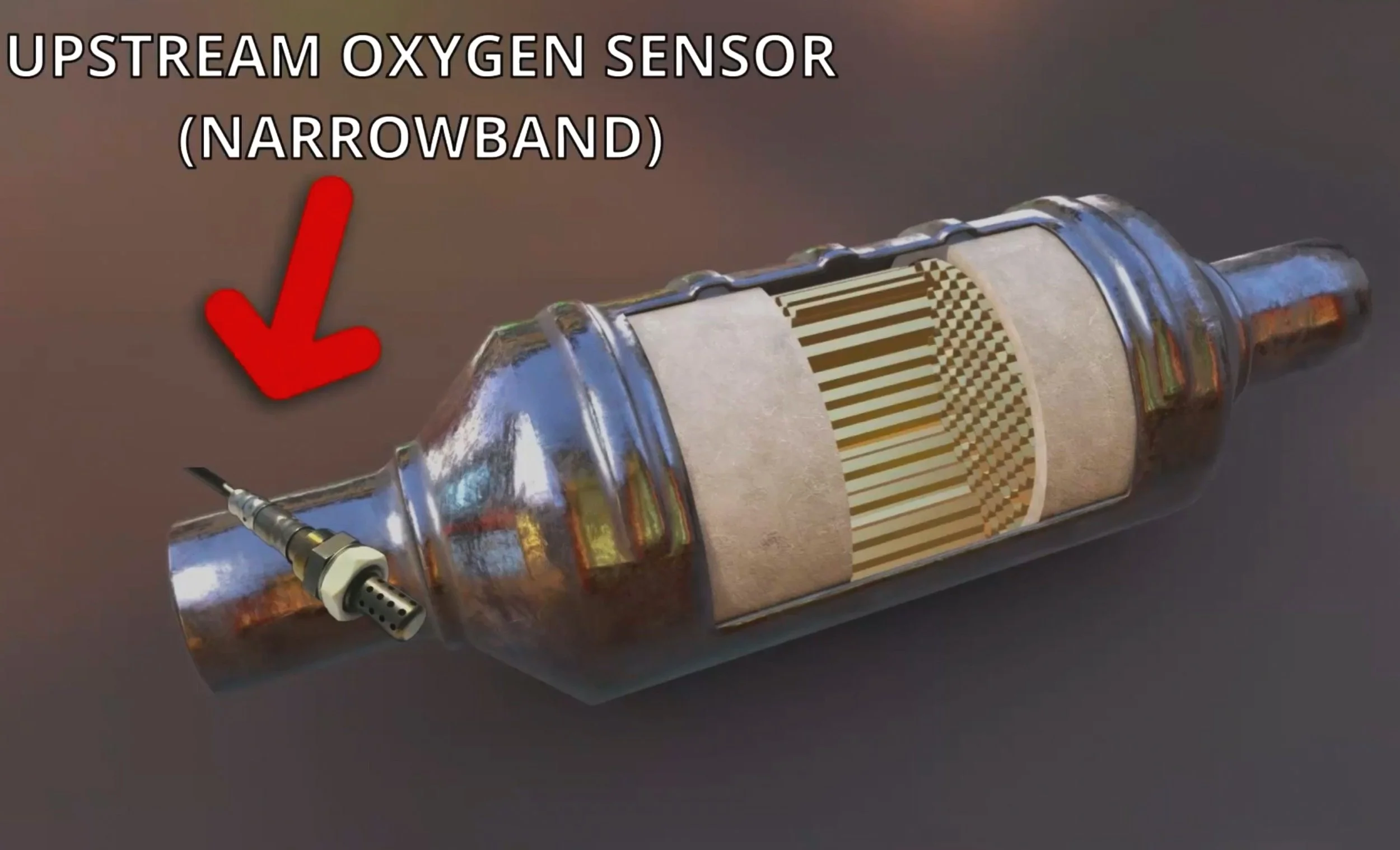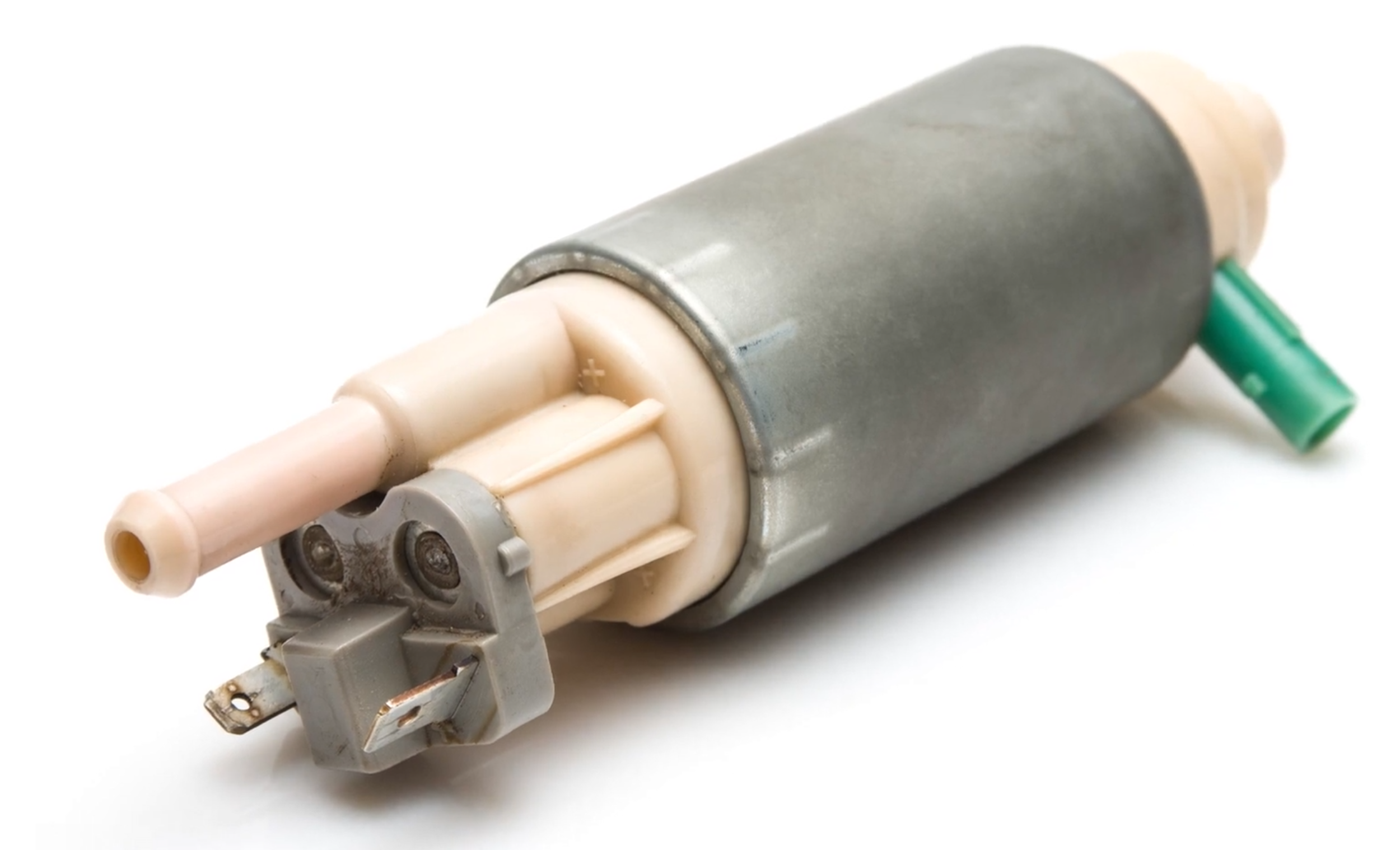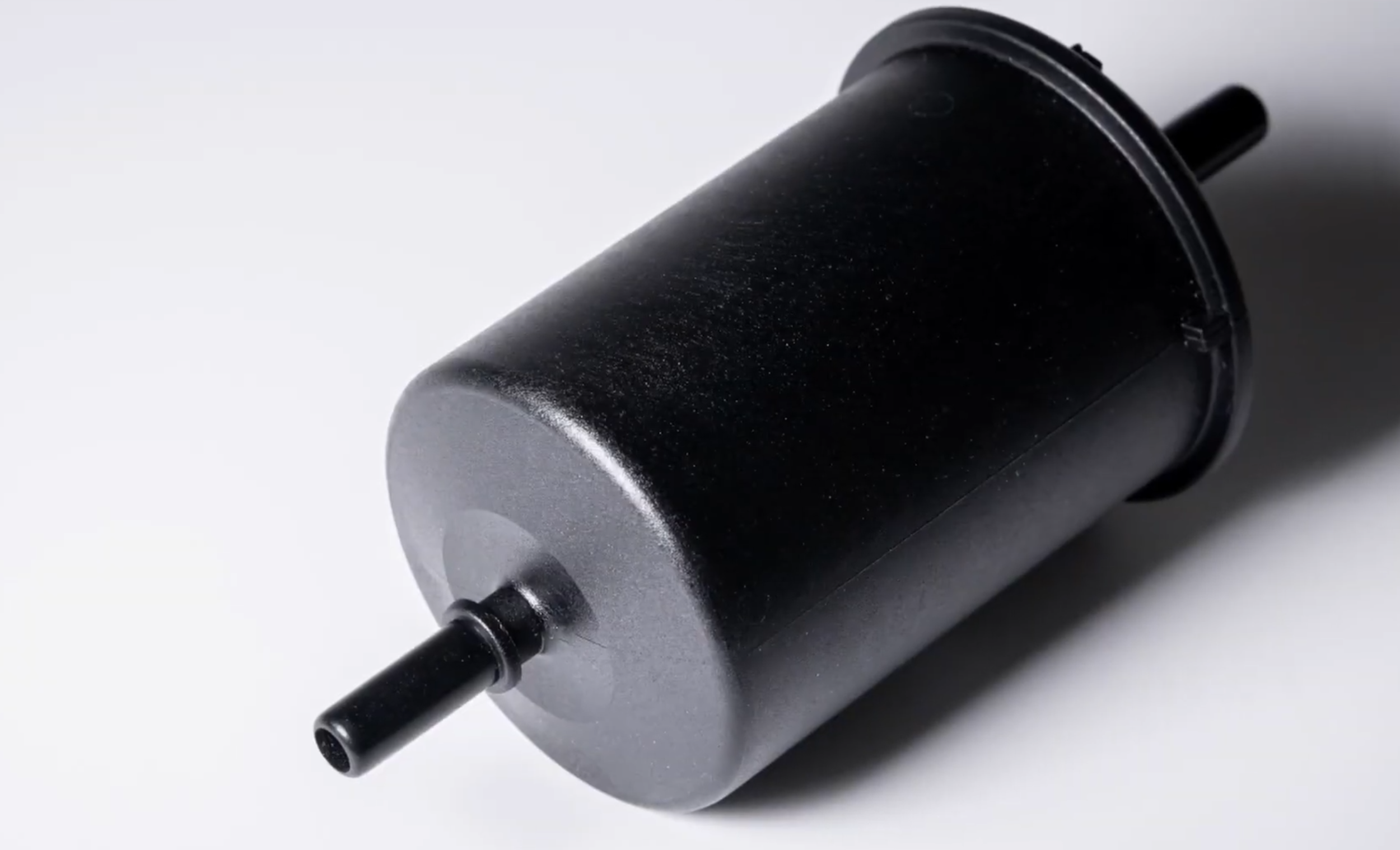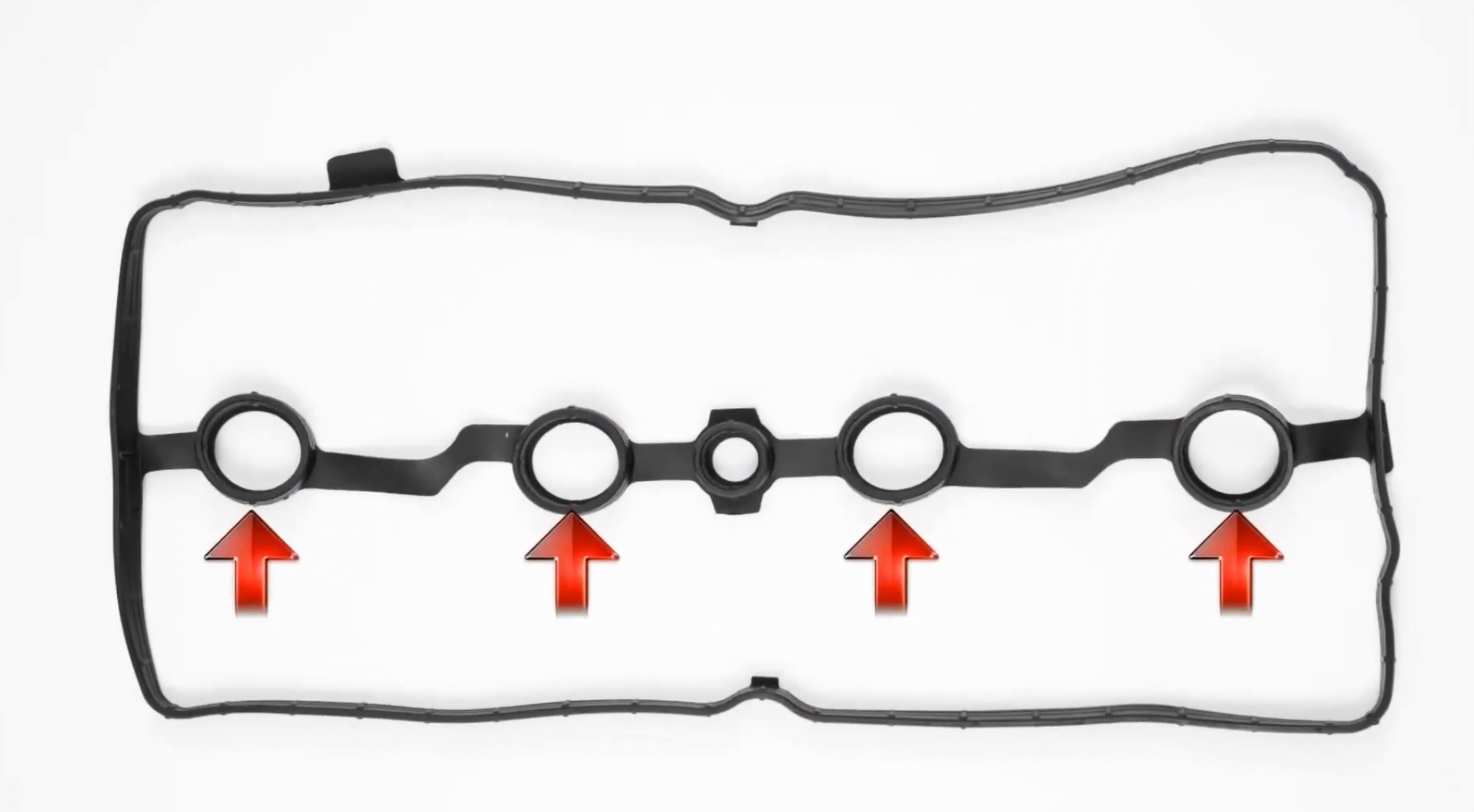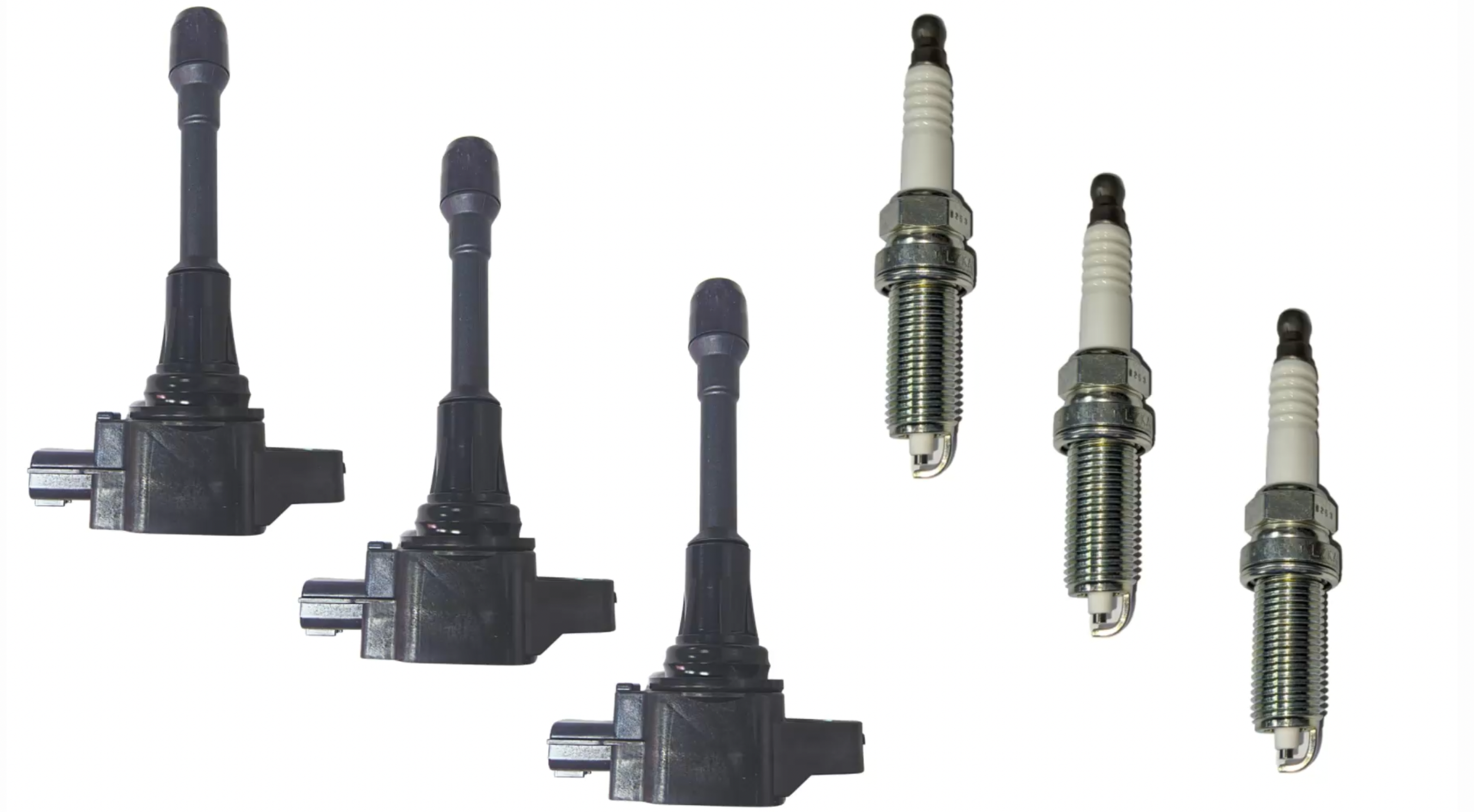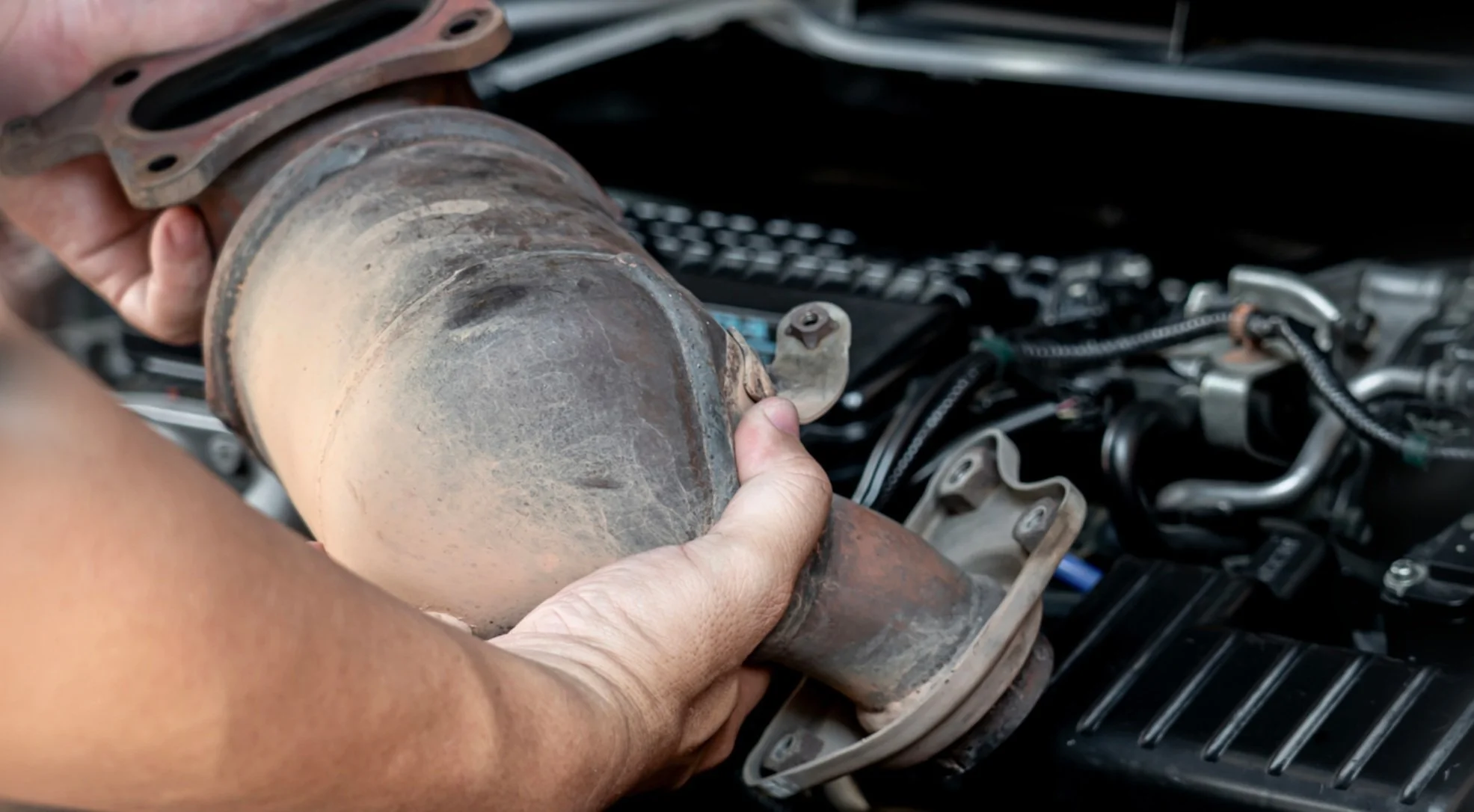P0300 ULTIMATE GUIDE
The P0300 code means that there are random or multiple misfires occurring in the engine. This basically means there's something preventing the combustion chambers from igniting the air-fuel ratio. When the cylinders misfire, the engine control module turns on a blinking check engine light and sets a diagnostic code.
causes
P0300 is one of the hardest codes to diagnose since multiple causes could trigger this code. So before we dive in let's start with the basics. For proper combustion, the air-fuel ratio needs to be correct and the spark needs to ignite at the perfect time. Therefore anything disrupting air, fuel or spark can trigger a misfire code. Sometimes there are specific misfire codes. For example, P0301 would indicate a misfire on cylinder one. This can mean the cause could potentially be the sparkplug, ignition coil, or fuel injector in cylinder one. When it comes to a random misfire code it means the misfires are not pointed to a specific cylinder but rather unpredictable misfires throughout the cylinders.
Vacuum leak
A vacuum leak allows unmetered air to enter the engine. This throws off the air-fuel ratio causing a misfire. Some of the locations could be coming from a torn vacuum hose, a stuck open PCV valve, a leaking intake manifold gasket, or anything torn in the air intake system that's after the MAF sensor.
dirty throttle plate
Another cause of the P0300 code could be a dirty throttle plate. A dirty throttle plate could restrict the correct amount of air needed to enter the combustion chambers, disrupting the air-fuel ratio, which causes a P0300 code.
You can clean the throttle plate with a carburetor cleaner.
torn head gasket
A torn head gasket can allow unwanted air, oil, or coolant to enter the combustion chamber, preventing it from igniting the air-fuel mixture.
A quick way to test to see if you have a blown head gasket is to perform a combustion leak test.
dirty maf sensor
The next possible cause could be a dirty mass airflow sensor. A dirty MAF sensor can trick the engine control module by giving it a false reading of the airflow going into the engine. If the readings are false, then the ECM will command the wrong amount of fuel. This will result in a bad air-fuel ratio and will cause a P0300 code.
oxygen sensor
Another sensor that can trick the ECM is an oxygen sensor. This sensor is also a huge influencer when it comes to the ECM adjusting the fuel. If the oxygen sensor is giving a bad reading to the ECM, it too will throw off the air-fuel ratio and cause a P0300 code.
Camshaft/Crankshaft sensors
Camshaft or crankshaft sensors can cause a P0300 code, as well. This could start happening if the sensors are starting to go out, causing intermittent issues. The P0300 code could show up because the sensors are used by the engine control module to time the spark at the correct time to ignite the air-fuel mixture. If the spark timing is off, then there won’t be proper combustion. Once the camshaft or crankshaft sensor completely give out, there will be a specific diagnostic code correlated to that.
FUEL-RELATED ISSUE
The next possibility for the P0300 code is a fuel-related issue. A faulty fuel pressure regulator can cause there to be too much fuel that enters the combustion chamber, throwing off the air-fuel mixture, and causing random misfires. This is more common on a vacuum-operated fuel pressure regulator.
fuel pump
The next possibility could be a fuel pump. When the fuel pump starts to go out, it won’t be able to keep up with the demand for air. This lack of fuel pressure will throw off the air-fuel ratio, creating a P0300 code.
clogged fuel filter
If the fuel filter is clogged, it’s going to restrict the correct amount of fuel and throw off the air-fuel mixture. A good way to diagnose this issue is to use a fuel pressure gauge.
clogged/faulty fuel injectors
Another fuel-related cause could be clogged or faulty fuel injectors since they are responsible for delivering fuel into the cylinders.
valve cover gasket
If the valve cover gasket is torn, it could bring the engine oil into the spark plug wells. This will prevent the ignition coil from sending the correct amount of voltage into the spark plug to create a great spark. This can be intermittent and cause a P0300 code.
Spark Plugs/ignition coils
Speaking of spark, spark plugs and ignition coils (COP) could also be a culprit since they are the reason the air-fuel mixture ignites in the first place. Keep in mind, it would have to be more than one to go bad to set the P0300 code. If you have an older car you could have a faulty distributor, bad spark plug wires, coil pack, or in some situations the ignition control module under the coil packs.
timing chain/belt
A jumped timing chain or belt could also cause a P0300. If it jumped a tooth on one of the sprockets, it will cause the intake or exhaust valves to open and close at the wrong time, disrupting the 4-stroke cycle and causing there to be random misfires.
LEAKING EXHAUST
If the leak is right before the upstream oxygen sensor, it will disrupt the readings. The ECM will read the oxygen sensors readings and change the amount of fuel to add to the combustion chambers. This will ultimately throw off the air-fuel ratio and will result in a P0300 code.
catalytic converter
Speaking of exhaust, a clogged catalytic converter can also be the culprit. If the catalytic converter is clogged, it could cause the exhaust gasses to be trapped inside the combustion chamber and prevent proper combustion. This explanation is also similar to a stuck open EGR valve. When the EGR valve is stuck open, it recirculates exhaust gasses into the intake manifold. A continuous flow of exhaust gasses will take up space in the combustion chambers and could throw a P0300 code.
COMPRESSION LOSS
Now another option to consider when diagnosing P0300 is compression loss. When the engine gets to a high mileage, more internal parts start to wear out and begin to lose compression. Some components to consider are worn piston rings or the piston itself, intake and exhaust valves, cylinder walls, hydraulic lifters, or camshaft lobes.
ENGINE CONTROL MODULE
The last option to consider when diagnosing is in my opinion is the engine control module. Since the ECM monitors most sensors in your car to calculate ignition timing, air-fuel ratio, and emissions, if it fails, it could be disrupting any of these three and set a P0300 code. In some situations, all you need is a software update.
Check out my YouTube video!
Disclaimer: Some links in this article may be affiliate links.


